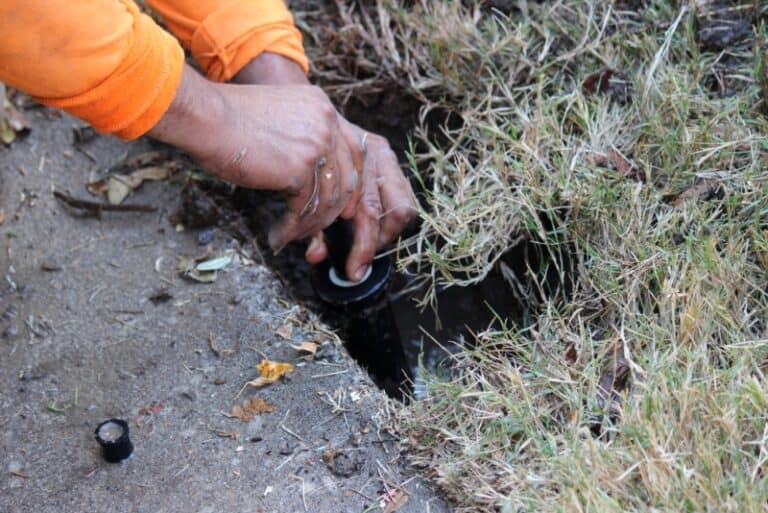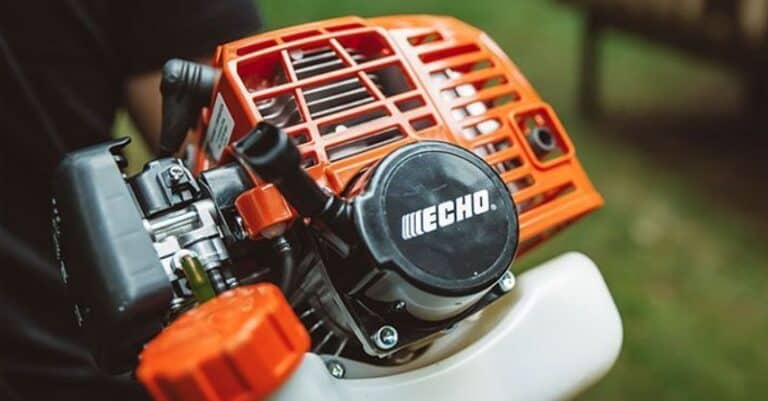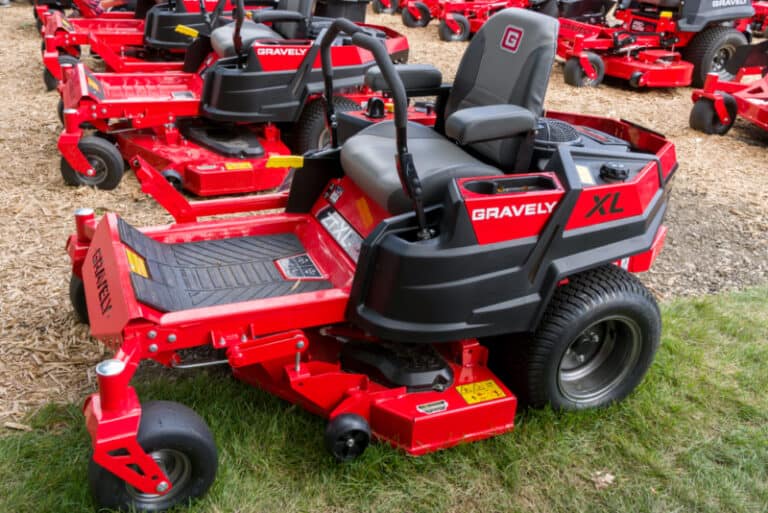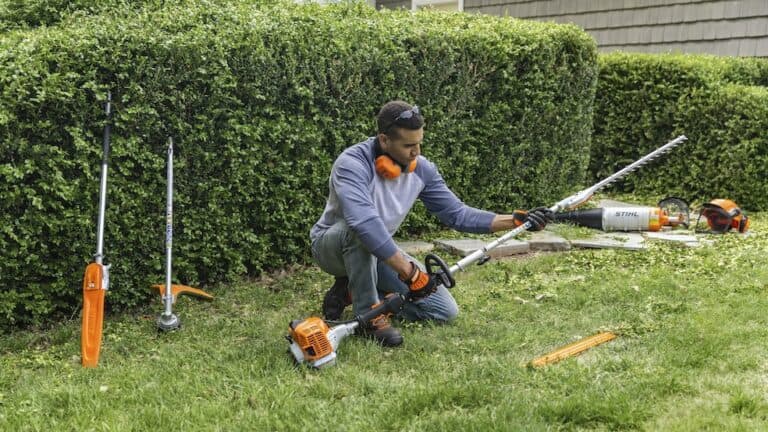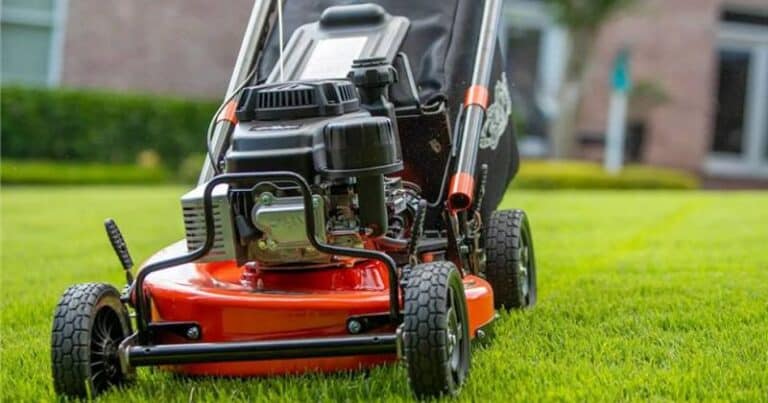Common Problems Associated with the Bobcat 873

The Bobcat 873 is a well-respected, time-tested skid-steer shovel. While this baby can’t compare to the skid-steer tractors of today in terms of specs, it holds its own in the field.
What kind of results are you hoping to get from an item? Most of the time, you want your expectation to be lower than the standard. However, everything is completely reversed in this place. The actual performance and usefulness of a Bobcat 873 will far exceed your expectations.
It’s unfortunate, but even a masterpiece such as this one has flaws, just like any other work of art. To help you make an informed purchase of a Bobcat 873, we’ll go through some of the often-encountered issues with this model. Let’s go into the matter without giving too much away.
1. Broken Timing Belt
Timing belt problems are another typical concern with Bobcat 873s. Several users have confirmed this. What seems little at first look is significant.
As a general rule, a machine’s timing belt will ensure that the motor’s cylinders open and close at precisely the appropriate times, guaranteeing a trouble-free ride. However, a broken timing belt may cause severe cylinder wear to your engine.
Leaving the problem unattended can only cause more trouble to your engine. Keeping the timing belt replaced every 2000 hours is a prudent maintenance practice for this factor alone. Even while timing belts are built to last longer than that, it’s still best to avoid problems before they happen.
Unfortunately, the oil spill will likely cause problems with the timing belt. However, when oil and rubber are joined, the results are predictable. Therefore, adequate measures include routine diagnosis and, after 2000 hours, replacing the timing belts.
2. Failure of the Turbocharger
Customers have also voiced their displeasure with Bobcat 873 in this regard. Turbocharger upkeep is essential for a nearly 20-year-old device to run smoothly since the turbocharger guarantees increased engine output.
We can put this bonus to good use. However much more power a turbocharger provides is irrelevant. A device such as the Bobcat 873 relies heavily on the turbo to increase capacity; leaving a defective turbo neglected will lead to a cascade of difficulties.
There will be slow speed, increased engine noise, and a fuel pump signal.
Since turbo failure may cause serious issues, it’s ideal for changing it as quickly as possible. Unfortunately, even while a faulty turbo prevents you from completely shutting down a Bobcat 873, it will worsen the engine’s other problems.
Suppose you want your turbocharger to last as long as possible. In that case, it’s essential to maintain a close eye on the oil since problems with the oil, such as oil depletion or impurity, are the most common causes of turbocharger failure.
3. Starting Issue
To begin, we will address the first issue. This is a recurring problem with the Bobcat 873. So if a retailer or private seller mentions that a Bobcat 873 has starting problems, you shouldn’t be shocked.
Keep in mind that turbochargers don’t really help start the engine, so if you’re having trouble getting it going, it’s probably not that.
Having trouble starting your 873 might be due to the following:
Frozen or bad fuel
You understood it correctly. Two potential causes of the starting problem are inadequate air and fuel. In most cases, starting issues may be avoided by ensuring proper airflow and emission levels.
However, if either of these two components is compromised in any way (cold air, faulty fuel, etc.), then disaster might strike.
For this reason, oil and antifreeze will continuously seep into the cylinders. Since oil and coolant aren’t meant to get inside the cylinders, changes are likely to become nasty if they do. This way, a burst head gasket or other mechanical problem may be traced back to the inability to start the motor.
Difficulty with the intake port
It’s possible that a blocked control valve is preventing your Bobcat 873 from running. Let’s start with the obvious question: what is the purpose of an intake valve? The only purpose of an inlet is to let air and fuel into the engine’s cylinders.
When an engine’s inlet becomes blocked, it causes many problems. No fuel or air will get to the chambers if that occurs.
Head gaskets
The failure of the head gaskets to seal correctly has caused a problem with the engine’s ability to start. Head gaskets are installed between the crankcase and cylinder block to prevent engine parts from contacting each other. In the event of a defective or damaged head gasket, the barrier will be compromised.
4. Complications with the Loader Arms
873’s launcher arms are a common source of criticism. They may become trapped or even move up and down on their own. This must be pretty unpleasant.
We need to discuss the possible causes of these issues before we can go on to discuss how to fix them. An ACS lift valve failure is the most likely cause of loader arm problems. The potentiometer feeding data into the ACS actuator may be broken.
Actuators are prone to malfunction due to hydraulic oil contamination and sticking internal parts. Unfortunately, there are no workarounds for this issue save replacing the actuator.
To begin the diagnostic process, check the amount of hydraulic fluid. Do not load the tank to its maximum capacity. Also, keep an eye out for the hydraulic fuel injector. Blocking the filter reduces power, which prevents the loader arms from functioning properly.
5. Overrevving the Engine
This problem is linked to the initial issues, but for clarity’s sake, we’re going to discuss it in a particular place.
Bobcat 873’s engine can occasionally rev too substantial. It’s possible the key won’t turn off the device. The only way to achieve peace is to delay progress.
A faulty unused suspension system or an air release is the most common reason for this problem. Maintaining this buffer zone will make dealing with this problem a breeze.
6. Gaseous Expulsion from the Head Gasket
As we’ve already discussed, a head gasket’s job is to form a seal between the engine block and the cylinder heads, preventing harmful substances like coolant and oil from getting into the engine. When a seal fails, unwanted coolant or lubricant might seep into the chambers.
It is well-known that some components will resist if you attempt to perform even a single operation with this skid-steer. Overheating is a certain way to do so.
Now, what strategy will you use to address this matter?
Once you see these signs, you know it’s time to check the head gasket.
- Overheated engine
- White smoke
- Lack of leakage but still significant coolant loss.
If you notice any of these issues, you should immediately seek a head gasket diagnosis to ensure everything is fine. The head gasket may be changed by yourself if you know the mechanics. Therefore prices at brick-and-mortar stores or through your supplier are certain to be expensive.
Concluding Remarks
First, try not to panic in the face of all those issues. We are providing you with a high-level overview of the potential problems that might arise with a pre-owned Bobcat 873. Even if they are, it doesn’t guarantee you’ll find them in a second-hand Bobcat 873.
Despite not being as feature-packed as the latest skid-steer tractors, the 873 is a popular option. The popularity stems from the fact that, with appropriate care, this newbie can still put on a fantastic show. Because of this, you should accept a contract for trivial concerns.
You can also read:

